Lou Solverson , father of Allison Tolman's character from the first season, is a cop charged with investigating a mass shooting in a café, the perpetrator of which being part of a large crime syndicate in the area. What Solverson doesn't know is that his killer was hit by a car moments later, by Peggy Blomquist , whose husband finishes him off when he is attacked by the him in their garage.As you can see there was a lot going on in this episode. It was full of the almost comical blood and gore of its predecessors and we heard a few snippets of classic mundane Fargo dialogue ("Okay, then!").
A few plotlines were set up, ones that are already intersecting, and the awkward crossover between the murderous and the domestic was certainly familiar. Season two's chapter takes you back to 1979 in Sioux Falls, South Dakota and Luverne, Minnesota. Lou Solverson, a young State Police Officer recently back from Vietnam, investigates a case involving a local crime gang, a major mob syndicate and small town beautician Peggy Blumquist along with her husband Ed, the local butcher's assistant. Helping Lou piece things together is his father-in-law, Sheriff Hank Larsson.
The light task of intimidating a judge quickly becomes a triple homicide and lands firmly on the desk of Lou Solverson, state police. The version of Lou that we meet in 1979 is a harder man than the one we know from the diner, and there's more hardship waiting just ahead of him. Beyond what we know of his involvement with the investigation, he's married to Betsy, and she's played by Cristin Milioti, which means she's destined to be taken away before her time.
(Yes, I'm still angry with the How I Met Your Mother finale.) Lou's wife is undergoing chemo therapy when the massacre takes place, and he meets up at the crime scene with local policeman Hank Larsson, a man we will later learn is Betsy's father. That delayed reveal is the kind of satisfying exposition we don't get enough. Other shows would have used that fact to define their first scene together at the Waffle Hut, instead of retroactively reframing and enriching it. As an anthology, each season of Fargo is engineered to have a self-contained narrative, following a disparate set of characters in various settings.
Noah Hawley and his team of writers used the second season to expand the scope of the show's storytelling—from its narrative to its characters. They increased the show's cast of core characters to five, each with interconnecting arcs and different viewpoints of the central story. Hawley wanted viewers to sympathize with characters they might not feel empathy for in real life.
The producers at one point discussed revisiting a modern period for their story. According to Hawley, the change in the time period helped to develop a sense of turbulence and violence in a world that "could not be more fractured and complicated and desperate". List of episodesThe second season of Fargo, an American anthology black comedy–crime drama television series created by Noah Hawley, premiered on October 12, 2015, on the basic cable network FX. Its principal cast is Kirsten Dunst, Patrick Wilson, Jesse Plemons, Jean Smart, and Ted Danson. The ten-episode season's finale aired on December 14, 2015. As an anthology, each Fargo season possesses its own self-contained narrative, following a disparate set of characters in various settings.
Naturally, this being Fargo, no ill-conceived misdeed goes without reckoning, and Peggy's about to get all the excitement she can handle. As it happens, Rye wasn't some wasted vagrant stumbling in front of the Luverne, Minnesota, Waffle Hut, waiting to encounter misfortune. He was, in point of fact, a wasted member of Fargo, North Dakota's stalwart Gerhardt crime family — the youngest of three sons begat by figurehead Otto and his wife Floyd , to be specific.
Like any imagined brood worth its TV time, the siblings personify broad, disparate archetypes. And that was all before getting blindsided by Peggy's car and stabbed in the abdomen by Ed for good measure in the Blomquists' garage. The Gerhardts are a local crime family in a state of upheaval. Its patriarch is incapacitated by a stroke, leaving a power struggle between the matriarch Floyd —backed by the middle son, Bear Gerhardt—and Dodd Gerhardt , the oldest of three boys.
The youngest, Rye , is a small, slighted man with outsized ambition, and doesn't see a bright future for himself in the family business, so he moonlights with a petty crook and soon finds himself the perpetrator of a drug-fueled triple homicide at local diner. Berated by his older brother, Rye seems at first to be a perfect stand-in for Season 1 villain Lester Nygaard, a pathetic excuse for a man driven to murder by his own self-loathing. But if the bag of money buried in the snow connects Fargo the movie to Fargo Season 1, it's the Solversons that connect Season 1 to Season 2. He appears in an episode on a Whistle Stop tour, testing the waters pre-campaign.
Patrick Wilson's character is assigned to his protection detail. He's a character in the season and has a role in one hour. On some levels that message is the same message that our characters want, to get back to a simpler time. This is an America where even in small town Minnesota everyone is worried that the soldiers came back from Vietnam and they brought the war home with them. Even in "No Country for Old Men," which takes place in 1980, Tommy Lee Jones says "crime these days, you just can't take its measure." There's a sense that these old school lawmen don't understand the world they're living in today. Ed has committed the far greater transgression — he's using the meat grinder to dispose of the body of Rye Gerhardt, whom his wife hit with a car in the season premiere.
He should probably wait until morning to pick up his bacon. Even though Fargo has left behind the more superficial trappings that tied it to the original film, the diner scene is where we see the Coen color rise to the surface again. Seeing the story appear in the season 2 premiere signals a dedication to a type of storytelling. A prequel to the events in its first season, season two of Fargo takes place in the Upper Midwest in March 1979. It follows the lives of a young couple—Peggy and Ed Blumquist —as they attempt to cover up the hit and run and homicide of Rye Gerhardt , the son of Floyd Gerhardt , matriarch of the Gerhardt crime family.
During this time, Minnesota state trooper Lou Solverson , and Rock County sheriff Hank Larsson , investigate three homicides linked to Rye. Nobody more so than Rye Gerhardt, youngest son of the Gerhardt crime family, a short, dim man searching for respect and prosperity in the family business, a major organized crime operation run by their father, Otto. And the wounded guy, Rye, is still staggering around in their garage. The trick with the second season was the story unfolds in a very untraditional way. We start with a false opening of this fake Ronald Reagan movie. Then we go to introduce the character of Rye Gerhardt.
The way it's designed you're gonna think, "He's our Lester this year." Then of course the story turns out to not be about him at all. Which also helped to cement the idea that this was a story about these people, which of course it is, but it turns out not to be Rye's movie. The state trooper is called into investigate the Waffle Hut murders. Lou meets the shaken trucker who called in the crime, and politely ignores him as the trucker goes on about blueberries. There's something about Midwest dialect here that seems like they're speaking a completely different language to each other. Lou and Sheriff Hank Larrson narrate the crime scene while also talking about Lou's wife Betsy, who is also Hank's daughter.
Their spot-on Minnesota accents pepper this delightful dialogue that's cheerful without much inflection. Lou seems harder here than Keith Carradine's older version of him in the first season. We know his wife, played by Cristin Milioti, is destined to be taken away before her time. (And yes, I'm rolling my eyes at her character's fate on How I Met Your Mother and that connection here.) Lou has a tough road ahead of him, and it will be interesting to watch what roughens and softens him this season.
By the time that Lou leaves the scene, the case is looking straightforward. They've got a shoe in the tree and an extra car in the parking lot. Where the signature Fargo rub comes in is Peggy , the magazine-organizing, California-dreaming salon worker who takes Rye for a ride. But even before the hit and run, things weren't looking great for Peggy.
Though she might not have the freedom to voice her anxiety, the cozy plan of small business ownership and kids with her husband Ed (Jesse "Lance" Plemons) isn't as comfortable as it seems. Much like her ennui, Rye is kept hidden — albeit poorly — from Ed, but once there's even the slightest suggestion of the truth coming out, she's floating the idea of running away from it all. Alas, moral corruption is the name of the game again onFargo;however, with the wonderfully-applied world of 1979 encompassing the story, the show gains a new cultural cache even its first season couldn't approach. "Waiting for Dutch" is an impeccable introduction to those ideas, be it the shifting socio-cultural climate, the hangover of the war for 'Nam vets, or the rise of second-wave feminism. In other words,Fargois back like a motherfuckin' rocket, and better than ever.
Setting in motion the acclaimed drama's sophomore run is the plight of Rye Gerhardt , the "runt" son in the Gerhardt crime family based out of Fargo. Thing is, the gambling addict's accounts are frozen, so he invites Rye to lean on a judge in Fargo. It felt like there was a lot of really interesting tension to string out their introduction over time. It was scripted to be when Peggy hit Rye, she got out of the car. It felt more powerful to keep that as a mystery and later she can tell the story and you can see it in these flashbacks which then have a very interesting dynamic to them.
She can tell her husband, "I panicked," and you can see her in flashback absolutely not being panicked. It's a very interesting dichotomy that you get to play. I love the idea that the editing room is the final time you write. You should still be creatively solving problems even at that point. It's not really until you're locked that you can call it quits.
It's a very sort of '70s thing, but I did it because I had so many more stories in motion in the first half of this season; so many more characters. Sometimes you would only see the Gerhardt family in the first 10 minutes of the show and then you might not see them again in the whole episode. I wanted a way to keep them alive and keep those things going, maybe even in these interstitial segues between one scene and another. You could cycle through, seeing where all your other characters are in that moment. Once you start playing with split screens then it becomes part of the language of the show and it's interesting to see what else you can do with them.
Obviously they'll work in a phone call, but do you do them in a conversation between two people in the same room? It becomes really interesting once you get into some action. Normally you'd have to cut away from a conversation if there's something going on at the same time. This way you could see the person who's talking and the person who's stalking them, potentially. The Coen Brothers' award-winning film is transformed into four different "true crime" stories, each with a fresh cast of characters. From bloodshed at a South Dakota Waffle Hut to a crime syndicate in Kansas City, each 10-episode tale is chilled in the trademark dry wit, violent foul play and "Minnesota nice" of the original classic film.
She was the rock beside her man for forty years and raised four sons and has five grandchildren. But when her husband has a stroke, Floyd decides it's her time to take over the family business. The only problem is that her oldest son, Dodd, wants the throne for himself. While Fargo—Season 1 kept a lot of the spirit and style of Fargo, this season seems to be a bit more brutal, but still has that Fargo touch. The movie really captures the Coen Brothers style and reminds me a lot of Blood Simple. It is a study on people on various levels of "goodness" from "Very Good" to "Very Bad" and those that fall somewhere in-between .
You find yourself siding with different characters throughout the film and in turn questioning "what's it all for" just like in the original Fargo. Living up to the immensely entertaining season one is going to be a difficult task, but season two's first episode delivered smartly written, fascinating characters and set up a compelling story of murder and rival mobs. After just one episode, Hawley and his new ensemble of actors have hooked us back into the small town world of Fargo. We watch Rye's mistakes go from zero to murder in the matter of seconds, and we know there is much more to come. To keep the cold-weather metaphors going for just another second (I promise I'll let up), the very first moments of tonight's premiere show signs of the series thawing out and shaking off some of its previous stiffness as it launches back in time to 1979. Season 1 worked in its own right as a sideways tribute to the Coen brothers' film and its chilly observance of mostly warm people, but season 2, even in its opening moments, already feels like a completely separate story, regardless of the Lou Solverson connection.
Okay, when did everyone realize Kirsten Dunst was a great actress? Was it when she was a child star in "Interview With a Vampire"? (That was mine.) Or was it tonight, when she conveyed so much in such a small amount of screen time as Peggy? Rye sets out to do just that, confronting the lady judge that night at a Waffle Hut in Luverne, Minn., but she shrugs off his threats — first coming back at him with the story of Job, then with a canister of bug spray.
Recoiling from the noxious attack, Rye takes out his pistol and shoots the judge, then the fry cook, and then the waitress. When the waitress makes a run/crawl for it outside, Rye gives chase and shoots her dead. But Rye's night is about to get a whole lot worse, for just as he is distracted by the lights and hum of what sure appears to be a UFO in the distance (?!), a sedan mows him down… brakes briefly… and then motors on, with him still lodged into the windshield. At the beginning of the movie Steve McQueen is in prison and you're hearing those cotton looms, those machines are going, but as you're moving through the opening credits in the prison they kept freezing the screen but the sound is continuing. I sent Jeffrey Donovan a photo of Lee Marvin with a watch cap and cigar. You've gotta avoid '70s cliches as much as possible, but there was definitely an experimental quality to movies then.
Experimental film by the '70s had become much more mainstream after "Bonnie and Clyde" and stuff in the late '60s when you were seeing bigger movies where people were exploring the medium a lot more. If you were to boil down Fargo to one scene, it would be the scene between Ed Blomquist and Lou Solverson after hours at the butcher shop in "Before the Law," the second season's second episode. Waiting for Dutch – In a small Minnesota town, a shooting at a diner disrupts the lives of a state officer, a married couple, and a North Dakota crime syndicate. Born with cerebral palsy, Charlie has come back from school to be with his family during a trying time. Though his father wants him to steer clear of the family business and become a professional, Charlie is intrigued by the swagger and electricity of their crime legacy. Otto Gerhardt suffers a massive stroke and leaves his crime family in crisis.
An attempt to set out on his own puts Rye Gerhardt on the trail of a judge …leading to a bloodbath and a surprising twist. Officer Lou Solverson and his father-in-law Sheriff Hank Larsson are called in to investigate the murders and try to piece together the crime. Ed Blumquist returns home from work to receive a surprise from his wife Peggy . Joe Bulo and his crime organization plot the takeover of Gerhardt's organization. Episode one of season two finishes up with the introduction of the Kansas City mob.
Mob boss Joe Bulo is making a presentation to his gang about the possibility of absorbing the Gerhardt family syndicate out of Fargo, ND. The Gerhardts control trucking and distribution and because Otto had a stroke, Joe doesn't know who is in charge. It could be his wife, Floyd, who Joe admits is tough "but a girl." Or, maybe one of his three sons – Dodd, Bear , or Rye – is taking over the family business. No matter who it is, with Otto incapacitated now is the perfect time to "aggressively" acquire the syndicate. Lou arrives at the Waffle Hut, looks around the murder scene, and starts taking notes. He asks about Betsy and Lou says she's doing okay but has been busy trying out new recipes that don't always work.
Outside, they look at skidmarks in the road but Hank's not sure they're connected to the murder. Lou figures out the shooter has a couple of wounds and bled on the way to kill the waitress outside, but he doesn't know why the killer didn't take his own car. They look up and see a shoe in the tree which should have provided them with the clue that the killer was hit by a car and knocked out of his shoes (why does that always happen?). But they don't put the tree shoe and the skidmarks together.
And speaking of Luverne, let's head over to the butcher shop to meet Ed Blomquist, played by a dad-bod sporting Jesse Plemons from Breaking Bad. He's sent home with some chops that someone paid for but didn't pick up. "Waste of meat's a crime. Or at least it should be." Okay, then. Here we meet the Gerhardt brothers, who are as funny as they are menacing. "It's like Jupiter sayin' to Pluto, 'Hey! You're a planet, too!'" "You make me wait for you again, I'll cleave your skull." Back in the Gerhardt kitchen, the family sits down to discuss the troubled family business.
But just as we start gathering the family dynamics, patriarch Otto suffers a stroke mid-sentence. I think Floyd, played by the fabulous Jean Smart, could quite possibly be my grandmother. So we have the eldest son, Dodd (Burn Notice's Jeffrey Donovan), gruffy and hungry Bear, and Rye , a younger Steve Buscemi-type.




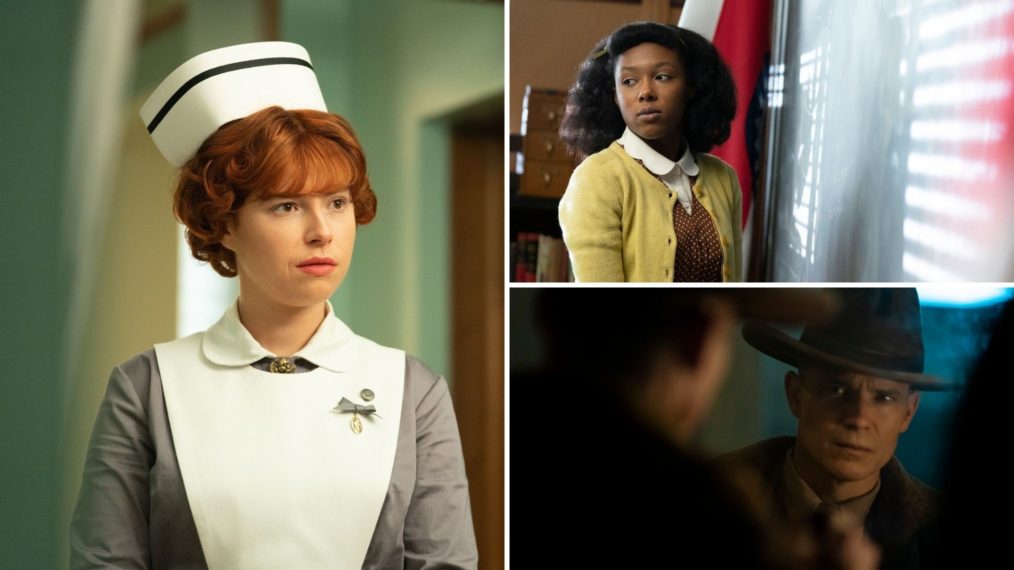





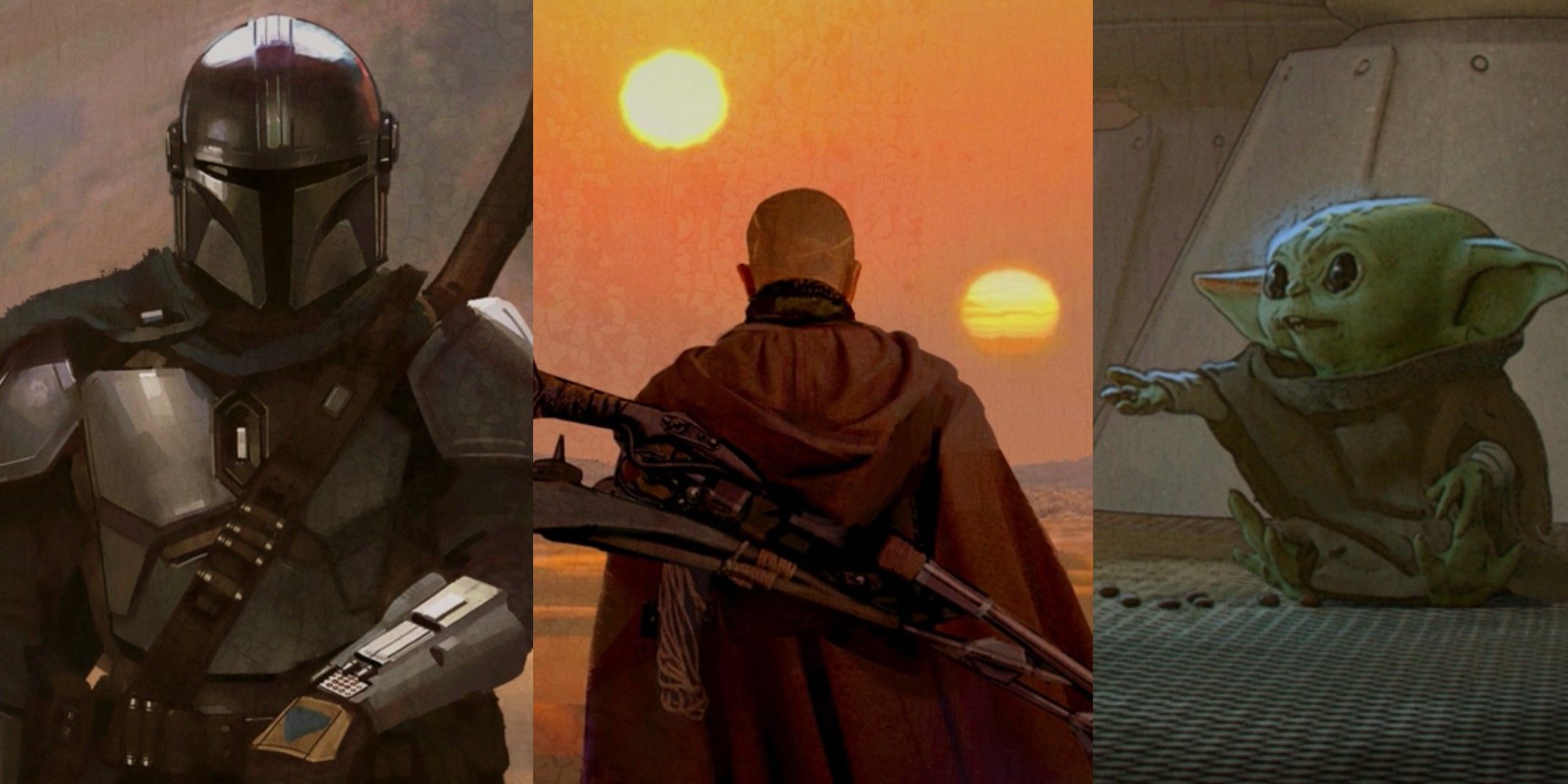
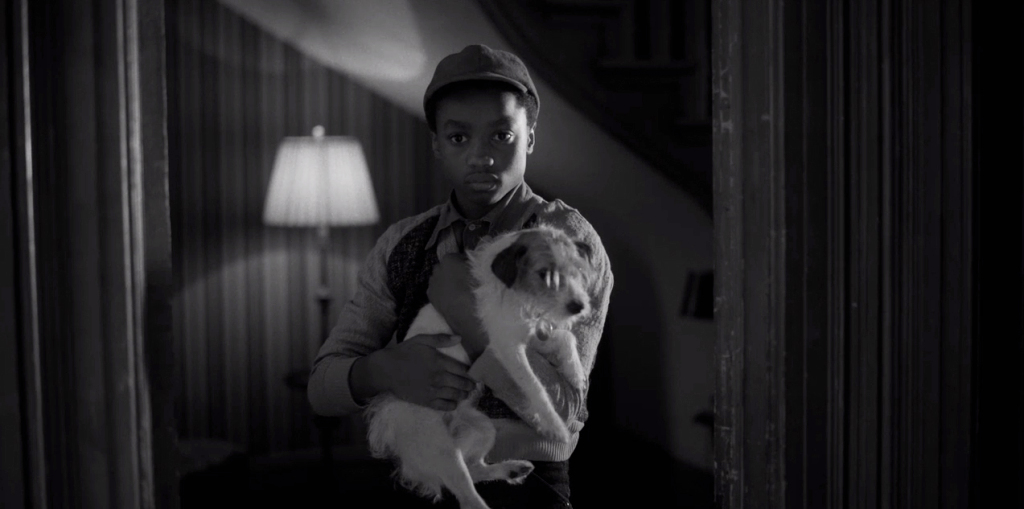

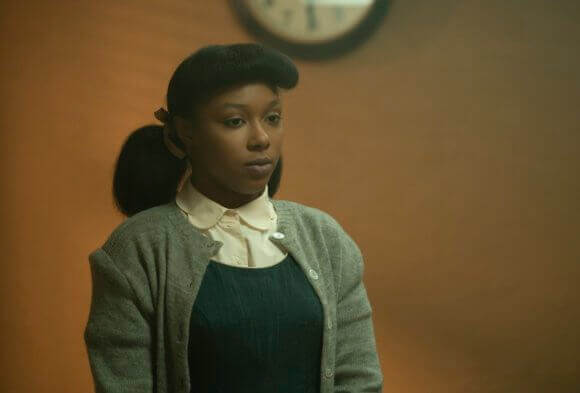





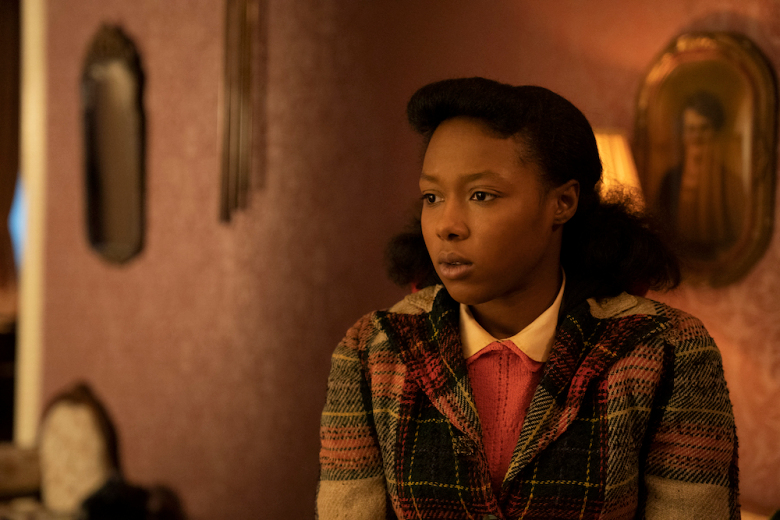


No comments:
Post a Comment
Note: Only a member of this blog may post a comment.